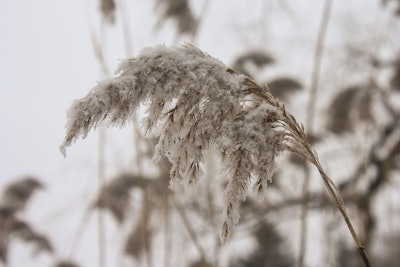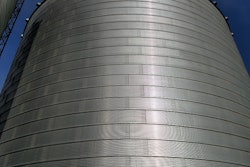
In much of the country, we’re getting the first taste of winter weather. Snow, sleet and bitter wind chills are just beginning as we slide into the holiday season.
Below are some cold weather dangers and first aid tips from the National Grain and Feed Association (NGFA) for keeping workers exposed to the cold safe this winter.
Hypothermia
Symptoms: Shivering
First Aid: Move person to warm, dry shelter
Symptoms:
- Redness in light skin, grayish in dark skin
- Burning, tingling, itching or cold sensation followed by numbness
- Skin turns white, waxy to the touch
- May have blistering
First Aid:
- Move person to warm, dry area
- Remove any wet or tight clothing
- Do not rub infected area
- Place affected area in warm water bath (105 degrees) and monitor temperature
- Seek medical attention
Frostnip
Symptoms:
- Skin turns white
- Top layer of skin feels hard, but deeper layer feels normal
- May feel tingling or numbness
First Aid:
- Gently rewarm area by blowing warm air or by placing against a warm body part
- Do not use very hot objects or rubbing
Chillblains
A painful, itching swelling on the skin, typically on a hand or foot, caused by poor circulation on the skin when exposed to cold
Symptoms:
- Red, swollen skin which is tender, hot to the touch and may itch
- Can worsen to aching, prickly sensations, then numbness
- Open sores or lesions from continued exposure
First Aid:
- Warm affected areas gently with direct body heat
- Do not rub or wet affect area
- Seek medical attention
Immersion (Trench Foot)
Symptoms:
- Reddened skin, then turns pale and mottled, to purple, gray and blue
- Tingling pain, itching, burning or numbness may occur, followed by leg cramps or swelling
- May develop blisters, ulcers or gangrene
First Aid:
- Remove wet clothing and replace with dry garments
- Elevate feed to reduce swelling
- Do not walk on injured feet
- Warm affected area slowly at room temperature. Carefully clean, dry and wrap with loose sterile dressing
- Seek prompt medical attention
Remember, low temperatures + wind speed + wetness = illness and injury. Here are some final tips for preventing cold-related injuries and illnesses.
- Wear appropriate clothing
- Avoid wetness or excessive sweating; stay dry
- Keep active, avoid sitting or standing still
- Take breaks in warming areas
- Work in buddy teams to watch out for each other
- Don’t smoke
- Drink plenty of warm non-caffeinated or non-alcoholic beverages
- Consume warm, high-caloric food often
These tips have been provided by the National Grain and Feed Association.



















